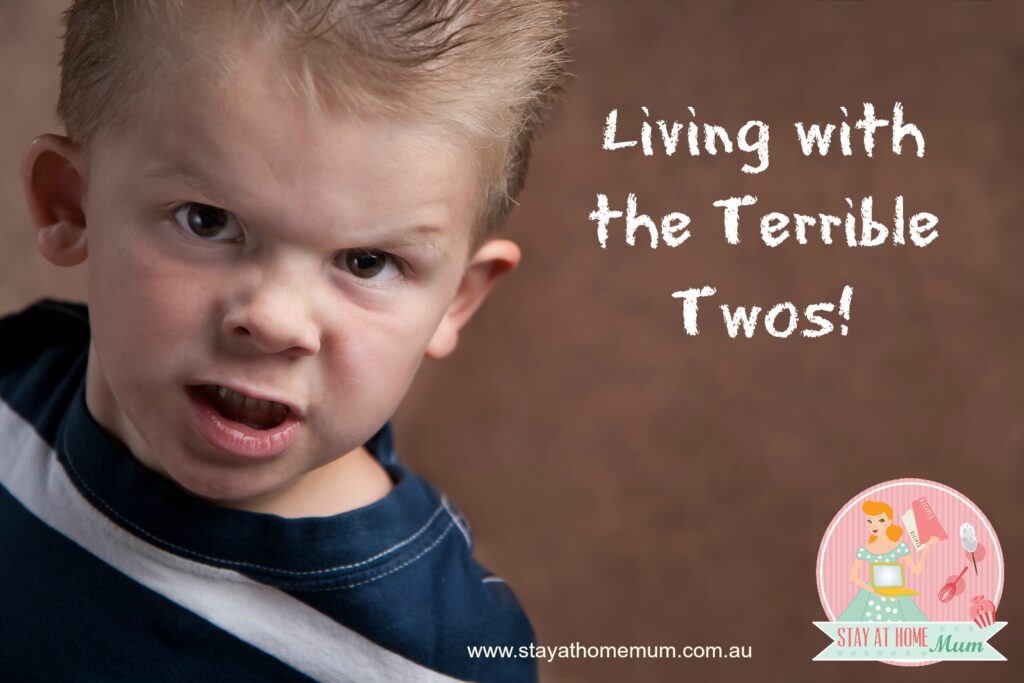
Navigating the Terrible Twos: Understanding and Managing Toddler Behavior
The term “terrible twos” is practically a rite of passage for parents. It conjures images of tantrums in grocery stores, defiant refusals to cooperate, and a general sense of chaos. While it’s a common phrase, understanding what’s truly happening during this developmental stage and how to navigate it effectively can make all the difference between a stressful struggle and a period of growth for both child and parent. This article aims to provide a comprehensive guide to understanding the terrible twos, offering practical strategies and insights to help parents thrive during this challenging yet rewarding time.
What Exactly are the Terrible Twos?
The terrible twos aren’t just about being difficult; they represent a significant developmental leap. Around the age of two, toddlers begin to develop a stronger sense of self and independence. They want to make their own choices and assert their will, but their language skills and emotional regulation abilities are still developing. This discrepancy between desire and ability often leads to frustration, which manifests as tantrums, defiance, and other challenging behaviors.
It’s crucial to remember that this phase is normal and temporary. While some children may exhibit more intense behaviors than others, the underlying reasons are generally the same: a growing desire for autonomy clashing with limited communication and emotional control skills. Viewing the terrible twos through this lens can help parents respond with empathy and understanding, rather than frustration and anger.
Developmental Milestones Contributing to the Terrible Twos
Several key developmental milestones converge around the age of two, contributing to the behaviors associated with the terrible twos:
- Language Development: While toddlers are rapidly expanding their vocabulary, they often struggle to express complex emotions and needs. This can lead to frustration when they can’t communicate what they want effectively.
- Developing Sense of Self: Two-year-olds are beginning to understand that they are separate individuals with their own thoughts and desires. This growing sense of self fuels their desire for independence and control.
- Emotional Regulation: Toddlers are still learning how to manage their emotions. They experience feelings intensely but lack the coping mechanisms to regulate them effectively. This can result in meltdowns and tantrums when they feel overwhelmed.
- Motor Skills: As their motor skills improve, toddlers want to explore and experiment with their environment. This newfound mobility can lead to conflicts when they try to do things that are unsafe or beyond their capabilities.
Common Behaviors Associated with the Terrible Twos
The terrible twos manifest in a variety of behaviors, including:
- Tantrums: These emotional outbursts can involve crying, screaming, kicking, and hitting. They are often triggered by frustration, disappointment, or feeling overwhelmed.
- Defiance: Toddlers may refuse to follow instructions, say “no” frequently, and actively resist parental requests.
- Testing Boundaries: Two-year-olds often push boundaries to see what they can get away with. This is a normal part of learning about rules and expectations.
- Aggression: Some toddlers may exhibit aggressive behaviors such as biting, hitting, or pushing when they are feeling frustrated or angry.
- Difficulty Sharing: Sharing is a complex social skill that toddlers are still learning. They may struggle to share toys or attention with others.
Strategies for Managing the Terrible Twos
While the terrible twos can be challenging, there are many strategies that parents can use to manage these behaviors effectively:
Prevention is Key
Proactive strategies can often prevent challenging behaviors before they even start:
- Offer Choices: Give your toddler choices whenever possible to foster a sense of control. For example, instead of telling them what to wear, offer them two options to choose from.
- Provide Clear and Simple Instructions: Use simple language and avoid giving too many instructions at once.
- Establish Routines: Predictable routines can help toddlers feel secure and reduce anxiety, which can minimize challenging behaviors.
- Avoid Trigger Situations: If you know that certain situations tend to trigger tantrums, try to avoid them or prepare your child in advance. For example, if your child gets overwhelmed in crowded stores, try shopping during off-peak hours or leaving them with a caregiver.
- Ensure Adequate Rest and Nutrition: Tiredness and hunger can exacerbate challenging behaviors. Make sure your toddler gets enough sleep and eats regular, healthy meals.
Responding to Challenging Behaviors
When challenging behaviors do occur, it’s important to respond calmly and consistently:
- Stay Calm: It’s easy to get frustrated when your toddler is having a tantrum, but staying calm will help you respond more effectively.
- Acknowledge Feelings: Validate your child’s feelings by saying things like, “I see you’re feeling angry.”
- Set Clear Limits: Clearly communicate what behavior is unacceptable and why.
- Use Time-Outs: Time-outs can be an effective way to help toddlers calm down and regain control. A general rule of thumb is one minute of time-out for each year of age.
- Ignore Attention-Seeking Behaviors: If your toddler is engaging in attention-seeking behaviors, such as whining or crying, try to ignore them as long as they are not hurting themselves or others.
- Offer Comfort and Reassurance: Once your toddler has calmed down, offer comfort and reassurance. Let them know that you love them and that you’re there to help them.
Positive Reinforcement
Focusing on positive reinforcement can be more effective than punishment in the long run:
- Praise Good Behavior: Catch your toddler being good and praise them for it. This will encourage them to repeat the desired behavior.
- Use Positive Language: Instead of saying “Don’t run,” say “Walk, please.”
- Offer Rewards: Small rewards, such as stickers or extra playtime, can be used to reinforce positive behavior.
The Importance of Consistency
Consistency is key to managing the terrible twos effectively. When parents are consistent with their rules and expectations, toddlers learn what is expected of them and are more likely to comply. Inconsistency, on the other hand, can lead to confusion and frustration, which can exacerbate challenging behaviors.
It’s also important for parents to be on the same page when it comes to discipline. If parents have different approaches, toddlers may try to play them against each other. Communicating and agreeing on consistent strategies will make things easier in the long run.
When to Seek Professional Help
While the terrible twos are a normal developmental stage, there are times when it may be necessary to seek professional help. Consult with your pediatrician or a child psychologist if:
- Your toddler’s behaviors are causing significant disruption to your family life.
- Your toddler is frequently aggressive towards others.
- Your toddler is engaging in self-harming behaviors.
- You are feeling overwhelmed or unable to cope with your toddler’s behaviors.
The Light at the End of the Tunnel
The terrible twos are a challenging but temporary phase. With patience, understanding, and consistent strategies, parents can navigate this stage successfully and help their toddlers develop into well-adjusted individuals. Remember that your child’s behavior is a reflection of their developmental stage, not a personal attack on you. By focusing on prevention, responding calmly to challenging behaviors, and providing positive reinforcement, you can help your toddler learn valuable skills that will benefit them throughout their lives. [See also: Positive Parenting Techniques] The terrible twos might feel like a storm, but remember every storm eventually passes, leaving behind clearer skies and a stronger connection between you and your child. Embrace the challenges, celebrate the small victories, and remember that you are not alone in this journey. The terrible twos are a time of significant growth and development for your child, and with your support, they will emerge from this phase stronger, more independent, and ready to take on the world. Don’t forget that seeking support from other parents, family members, or professionals can make a significant difference in navigating the complexities of the terrible twos. You’ve got this!

